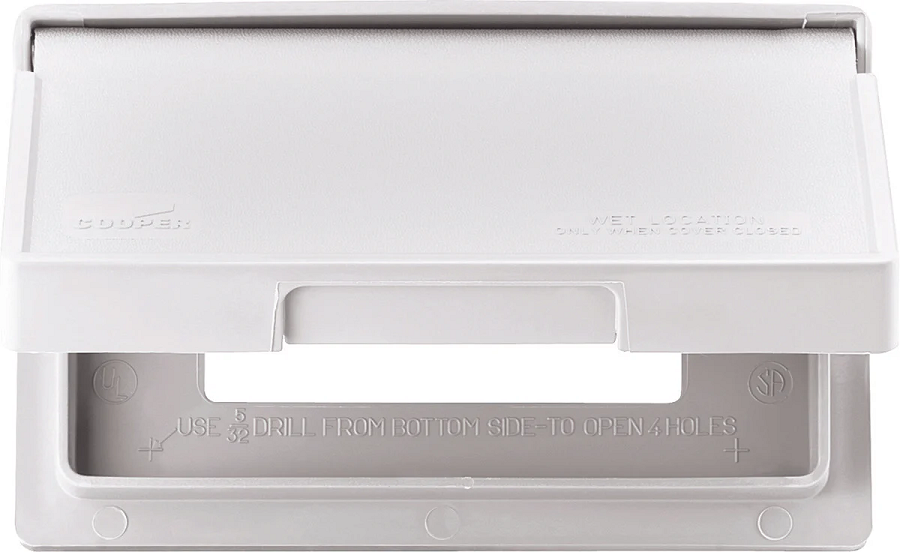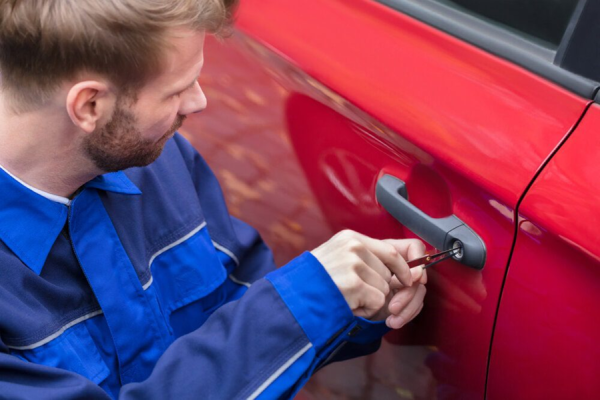Waterproof vs. Weather-Resistant Outlet Covers: What’s the Difference?

Safety is always a priority when carrying out any outdoor or wet area electrical works. One problem that is frequently overlooked is the cover of the outlet. While many perceive that all outlet covers intended for the outdoors provide the exact same protection, there are waterproof and weatherproof outlet covers.
Understanding the differences can help in the safe, compliant, and functional electrical system under any conditions.
Why Covers for Outlets Are Important
The outdoor weather conditions like rain, temperature, snow, wind, and even dust affect electronic systems in ways thatadd together. Lack of proper protection leads to moisture accumulating inside the outlet, which will result in:
- Wars
- Shorting circuits
- Equipment is being damaged, like fires and power loss.
- Code violations
When all this begins to happen covers act as protection. Every outlet covers provides different types.
Differences Between Waterproof And Weather-Resistant Covers
A lot of the time, we use both sets of words as they have the same meanings; in this case, due to design, function, and purpose, it changes significantly.
1. Weatherproof Outlet Covers
Scope of work:
Weatherproof covers serve to always restrict the access of water, even in cases kitted with rigid exposure to water and rain. The item must retain its social status, or any water placed must sit idle inside the cover, even if there is direct exposure to rain.
Economical Features
- Gasket-sealed covers
- Heavy-dutyside-mounted rings
- Close caps
- Outdoor type
- Marks like “extra duty”, “in covers
- Plastic boxes or clear boxes with openings for engaging cords.
Best for:
- Outdoor divider with no hangover or shelter
- Locations where cords wait plugged in all along in bad weather (for instance, pool pumps, garden lights)
Pros:
- High level of safety
- Meets or exceeds NEC (National Electrical Code) outside requirements
- Perfect for year-round outside use
Cons:
- Slightly more high-priced
- Bulkier than standard covers
2. Weather-Resistant Outlet Covers
Definition:
These covers protect against accepted environmental conditions like humidity, dust, and unintended dampness, but they are not designed to bear heavy rain or water uncovering while in use.
Common Features:
- Flip-up covers
- No gasket seal
- Typically made from flexible or metal
- Not to signified to cover cords while plugged in
Best For:
- Covered balconies or porches
- Garages or sheds
- Areas with restricted direct weather exposure
Pros:
- Cost-effective
- Easy to place
- Provides sufficient security in sheltered extents
Cons:
- Not safe for live use in heavy rain
- May not meet the rule for exposed outlets
How to Choose the Right Cover
When choosing an outlet cover for your room, consider:
• Exposure:
Will the outlet be exposed to rain, snowstorms, or frequent moisture?
• Usage:
Will the entity be plugged in continually?
• Local Code:
NEC and local regulations may require in-use waterproof covers for outside outlets.
• Material:
Choose sturdy materials like UV-resistant flexible or stainless steel braces for long-term use.
Installation Tips
- Ensure the electrical box is rated for outdoor use.
- Use decent gasket seals around the release.
- Attach the cover tightly to avoid leaks.
- If in doubt, consult an authorized electrician.
Conclusion
Waterproof and weather-resistant outlet covers serve various but equally essential roles. Don’t assume they’re interchangeable—choosing the incorrect one could compromise both security and compliance. Always evaluate your environment and custom needs before making a decision. A small contribution to the proper outlet cover can avert big problems later.







